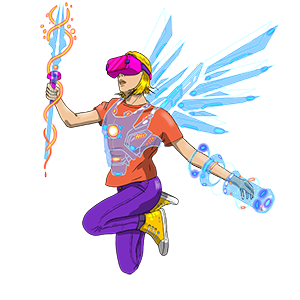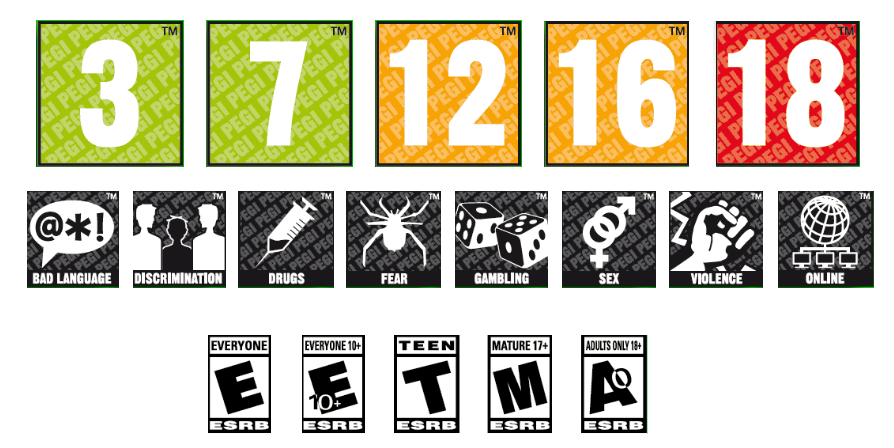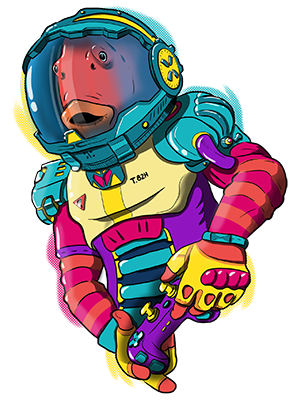If you’ve spent any time around children, you know that they constantly ask the adults in their lives to translate the world around them into a language they can understand. Their curiosity is boundless, and they almost always have a question word on the tip of their tongue. As video games play an increasingly important role in children’s lives, developers must take special care in adapting their games to young audiences and anticipating the questions they will surely have. Games can kindle an interest in exploration, inspire creative thinking and teach problem-solving, but to do this, they must communicate effectively with children on their level.
Here are a few elements to consider when localizing games for kids:
Cognitive Capabilities
There are three big groups that “kids” are divided into: toddlers (<3), children (3-7), and preteens (8-12), and each one has specific needs that must be addressed when localizing a game. The intended audience will have an impact on the style guide, term base and glossary for your game, as well as the testing criteria once LQA gets involved in later stages of the process.

Here’s a straightforward example:
When a game refers to a house, the translation should be “house” instead of a synonym like “home,” “residence,” or “abode,” or a more poetic option such as “the roof over one’s head.” Even though all these terms indicate the same thing, the complexity of each one differs and, in most cases, would add unwanted difficulty to the kids’ game.
Here’s a more complex example:
When a game is geared toward toddlers, the use of words should be minimized wherever possible. Developers might want to consider adding unique sounds to buttons instead of using words or pop-up windows with explanations that the player probably won’t be able to read. A pop-up window that reads “Try again” can be replaced with a buzzer noise that conveys the same message. After all, the localization should be tailored to the kid, not the person who bought or downloaded the game for them.
Audience Restrictions
There are various age rating systems for video games: the most known are the ESRB system and the PEGI system. Both are designed to give consumers information to help them determine whether or not a particular product is appropriate for their young player.

The ratings indicate the age suitability of a game, not the level of difficulty. Games for Everyone will not contain scenes or sounds that could frighten young children or include violence or inappropriate language. Localizers use game ratings to guide their linguistic choices and ensure that the final localized product adheres to the defined rating.
Game Genre and Purpose
There are a lot of video game genres out there, but games for kids tend to have a powerful educational component. From teaching colors and words to establishing connections between shapes and concepts, games often aim to strike a balance between entertainment and education to keep players engaged. As players get older and more experienced, the games they play are more elaborate, so it’s important that localizers’ linguistic choices power up the main thrust of the game instead of adding unwanted complexity to the localized versions.
Educational Value of Language
A well-done localization can enhance the educational value of edutainment (education + entertainment) content. By making good term choices, offering consistency and using correct grammar and spelling, localizers can build players’ vocabularies and help them gain confidence in their blossoming reading skills. Their decisions will always be guided by the audience in mind. For example, games for toddlers rely more on sounds and speech, so the script must be concise but playful. The joint efforts of localizers and voice actors can level-up the gaming experience while broadening the game’s reach by offering a localization tailored to its audience’s linguistic needs.

Multilayered Gaming Experiences
Some people might wrongly assume that video games with few written words don’t require localization, but they’re overlooking key elements that need to be dealt with to make the games playable. From the packaging and the store description to the user interface, logos, slogans and artwork, localization makes the product accessible to a specific audience that not only uses a different language but also has a different culture. Often, with games, these ancillary items require transcreation, instead of a word-by-word approach, to make the best possible impression on the consumer.
Cultural Sensitivity
Localization, as the key to supporting language accessibility and providing seamless, immersive and connected experiences, should consider not only language barriers but also culture, beliefs, religion and political stances. If a translation is accurate from a linguistic point of view but doesn’t adhere to the cultural standards of the audience, it could be misunderstood, censored before launch, or even entirely banned from a country after all your investment. That’s why we strongly recommend having specialized native language speakers run an LQA test to discover and tackle these issues early on.
The Takeaway
It may be tempting to think that because the content in your children’s game is “simple,” the localization should be a cinch. But, as you now know, there are lots of variables to consider when localizing games for kids. Children are the most linguistically sensitive audience, so when you localize your game, you want to work with a team that knows what to look out for and can speak to your young players in an age-appropriate and culturally sensitive way. Gaming is all about having fun; the more seamless the gaming experience, the more fun it will be!



